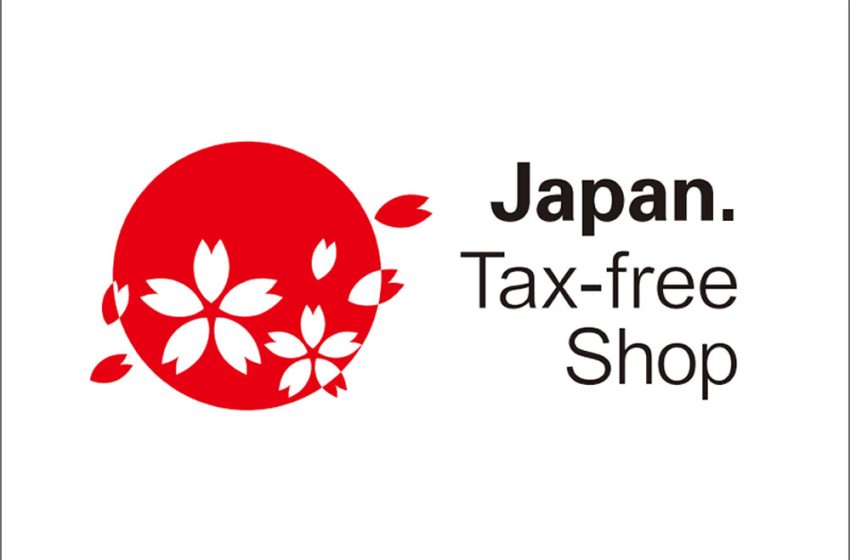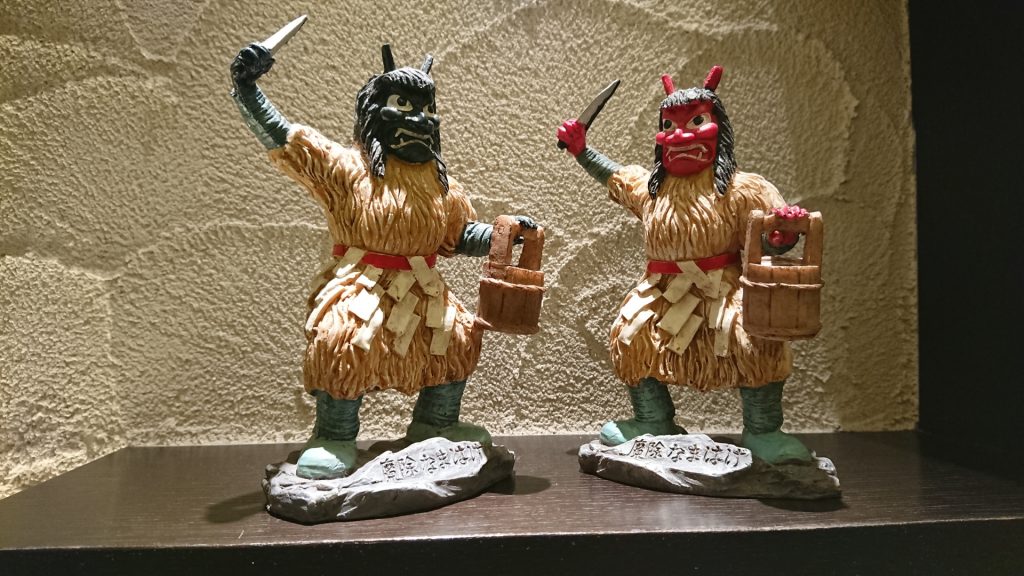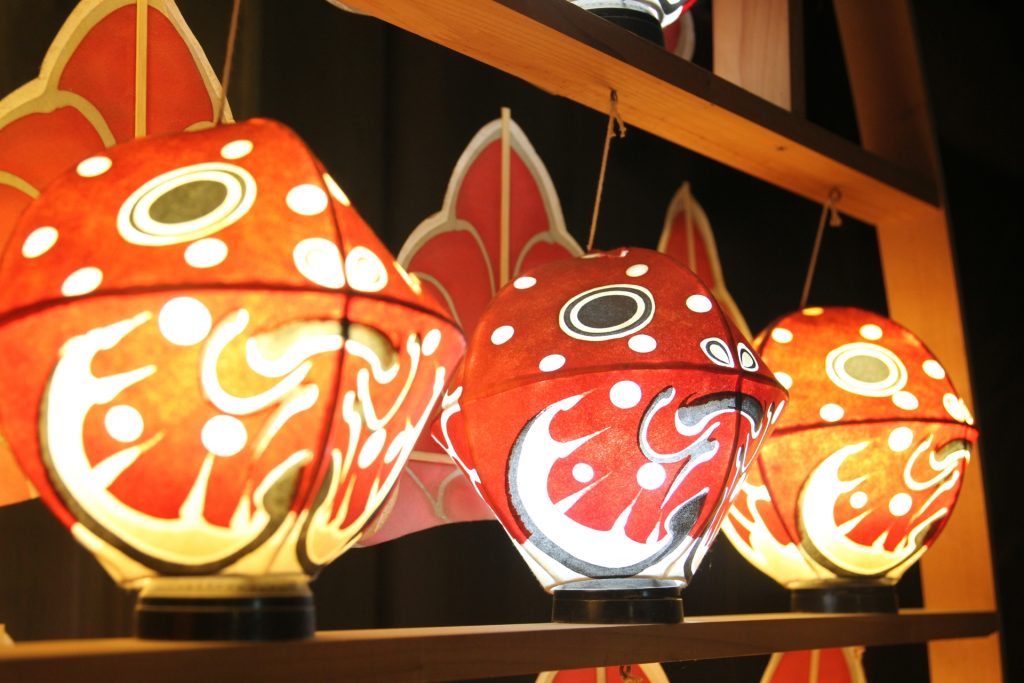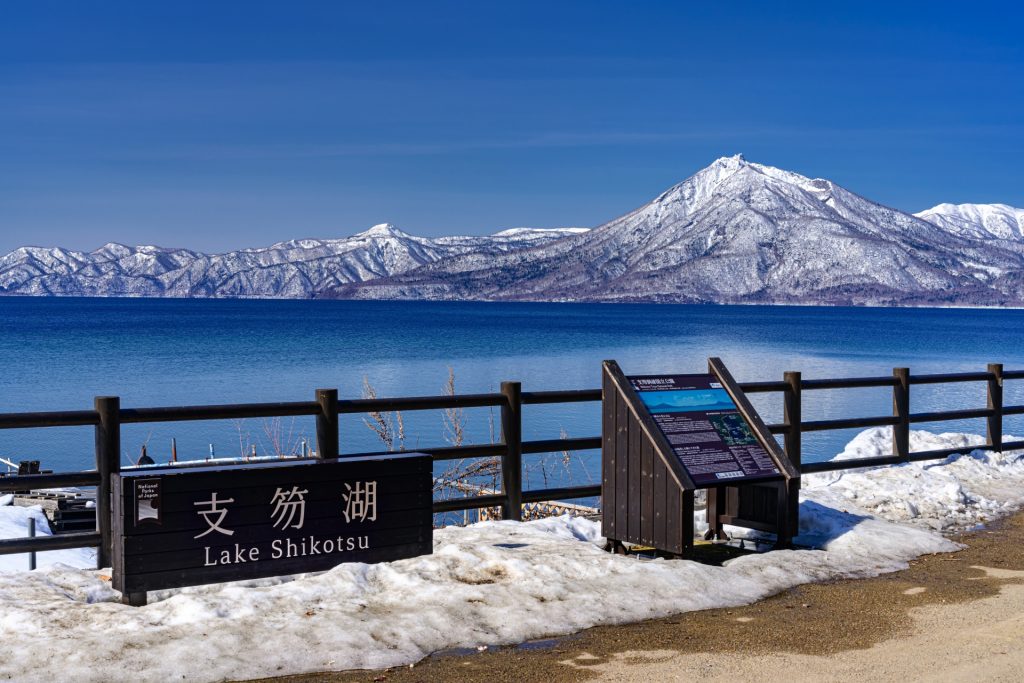
Japan’s Tax Exemption System for Foreign Visitors: A Comprehensive Guide
Japan, with its unique blend of ancient traditions and modern innovations, is a dream destination for travelers worldwide. From historical temples to futuristic skyscrapers, this captivating country offers a wealth of experiences. And, for savvy shoppers, there’s an extra treat in store: Japan’s tax exemption system for foreign visitors. In this article, we’ll unravel the secrets of this shopper’s paradise, covering everything you need to know.
How to Find a Duty-Free Store
Discovering a duty-free store in Japan is like finding hidden treasure. You’ll spot these havens of tax-free shopping through the following means:
1. Look for the Signs
- Tax-free stores are clearly marked with signs that read “Tax-Free” or “免税” in Japanese. Keep an eye out for these signs at the store’s entrance and near the checkout counter.
2. Department Stores and Shopping Malls
- Larger establishments often feature dedicated tax refund counters. Each participating store within these complexes will help combine your purchases to meet the minimum spending requirement.

Who Is Eligible for Tax Exemption
Japan’s tax exemption system primarily targets non-resident foreign tourists. To qualify, you must fall into one of the following categories:
Tourists
- If you’ve been in Japan for less than 6 months, you’re eligible. Whether you’re here for a week or a few months, you can enjoy tax-free shopping.
Returning Japanese Nationals
- Japanese nationals residing abroad for 2 years or more and temporarily returning to Japan for less than 6 months can also benefit from this system.
Foreigners Who Are Not Eligible for Tax Exemption
It’s important to note that certain exceptions may apply for foreign travelers regarding the tax-free shopping program in Japan. Tax-free eligibility may not be granted under the following circumstances:
- Lack of Entry Stamp: If you have not received an entry stamp indicating your date of entry in your passport due to using automated gates at the airport.
- Over 6 Months Stay: If your stay in Japan exceeds 6 months since your date of entry.
- Employment in Japan: If you are working in Japan during your stay.
Please be aware of these exceptions, as they could affect your eligibility for tax-free shopping in Japan. It’s advisable to consult with the respective store or tax-free counter for specific details and regulations applicable during your visit.
Tax-Free Eligible Items and Purchase Criteria:
Tax-free shopping in Japan is applicable to items intended for personal use and consumption by non-residents, not for business or resale purposes. The key conditions for tax exemption are as follows:
General Items:
For general items such as electronics, clothing, bags, watches, and more, tax exemption applies if the total amount spent on items purchased at a single store on the same day is 5,000 yen or more (excluding tax).
Consumable Goods:
For consumable goods like food, cosmetics, and pharmaceuticals, tax exemption applies when the total amount spent at the same store on the same day falls within the range of 5,000 yen to 500,000 yen (excluding tax). Additionally, these items must be packaged in a specific way to indicate they will not be consumed within Japan.
Combined Purchases at Tax Refund Counters:
In cases where a “Tax-Free Shopping Counter” is available, typically found in department stores or shopping malls, the combined purchases from multiple stores can qualify for tax exemption if the total amount spent is 5,000 yen or more. However, it’s important to note that not all item categories may be eligible for tax exemption even if the purchase amount exceeds this threshold.
When shopping for tax-free items, be sure to check the specific conditions for each category and confirm eligibility with the retailer or tax refund counter to ensure a smooth and successful tax-free shopping experience.
Procedures and Refunds:
There are two methods for the tax-free shopping process, depending on the store: (A) Paying the reduced price with tax deducted upfront by presenting your passport during purchase, or (B) Making your purchases at regular prices within the stores and then visiting a designated tax-free counter on the same day to claim a refund. Here’s a detailed explanation of both methods:
Method (A): Tax-Free During Purchase
- Passport Presentation: When making your purchase, you need to show your passport in person. Copies of the passport are not acceptable. The store personnel will verify that your passport contains the following information: your photograph, full name, nationality, date of birth, residence status, date of entry into Japan, and passport number.
- Store Explanation: The store where you’re making your purchase will provide you with detailed information about the tax-free process. As of October 2021, tax-free sales procedures have been digitized. Instead of a “Record of Purchase of Exported Tax-Free Goods,” the store will generate the necessary data and transmit it to the National Tax Agency. You will no longer need to sign a purchaser’s statement.
- Settlement and Product Collection: If you opt for Method (A), you will complete the purchase by paying the price without tax and receive your items.
Method (B): Visiting a Tax-Free Counter Later
- Purchase and Receipt Retention: Make your purchases at various stores and keep the receipts for those purchases. You must retain these receipts for processing later at the tax-free counter.
- Visit the Tax-Free Counter: On the same day as your purchases, visit the designated tax-free counter. Present your passport, the items you purchased, and the receipts from those purchases. Note that some counters may charge a handling fee, so it’s advisable to inquire about this in advance.
- Tax Refund: The counter will process your information and refund you the equivalent amount of the consumption tax. If, due to returns or exchanges, your total purchase amount falls below the minimum required for tax-free eligibility, you will be required to pay the consumption tax for all the items.
It’s worth noting that visiting the tax-free counter before shopping may sometimes earn you additional benefits, such as special coupons. Completing the tax-free process is an essential step to maximize your enjoyment of shopping in Japan.
Procedures at the Airport
To ensure a smooth process, please remember to present your passport to customs officers as they electronically transmit your purchase records. Additionally, it’s essential to be aware of the following points regarding your tax-free items at the airport:
- Carry Tax-Free Items Personally: Typically, tax-free items you’ve purchased must be carried with you personally as you depart the country. Avoid packing them in checked luggage or suitcases.
- Declaration at Check-In Counter: If, for any reason, you wish to place your tax-free items into checked baggage or suitcases, you must declare this to the airline’s check-in counter staff. They will assist you in the process. Customs personnel may also visit the check-in counter to confirm the tax-free items.
These steps are crucial to ensure compliance with customs regulations when departing from Japan with your tax-free purchases.
points to keep in mind
Before you embark on your tax-free shopping spree in Japan, here are a few essential points to keep in mind:
- Save your receipts. Customs officials may request them when verifying your tax-free items at the airport.
- Don’t open your tax-free items in Japan. Keep them sealed until you’re back in your home country.
- Ensure that you meet the minimum spending requirements for both general and consumable goods.
- Not all stores offer tax-free shopping, so look for the tax-free signs.
- Enjoy your savings and the unique treasures you’ve found in Japan!
Now that you’re equipped with the insider’s guide to tax-free shopping in Japan, prepare to make the most of your visit. Happy shopping!




